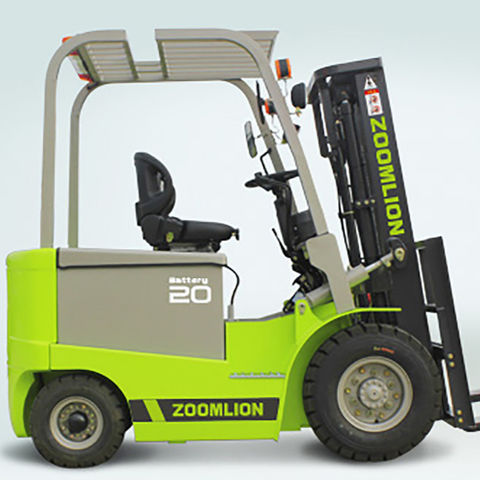Hello,
I have Nextcloud 19 running fine in Docker containers on a Windows 10 Home host. Docker is using WSL2 for its virtualization host. I’m using a host mount to store the data files on a host NTFS disk, instead of inside the VHDX disk.
- Backblaze Dockers
- Backblaze Personal Docker
- Backblaze Docker
- Backblaze Backup Services
- Backblaze Cloud Storage
- Unraid Backblaze
I use Backblaze Personal (not B2) for backup, and I have the client set to backup from the data drive. This is all working.
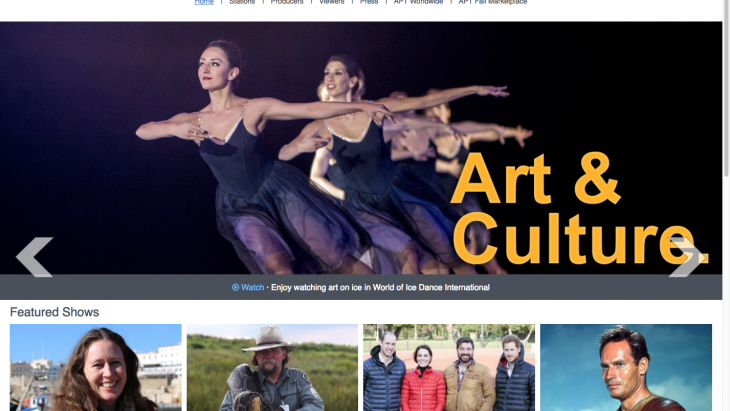
I've been using backblaze for a while now and it's great expect for one thing. The date format. I live in Australia. The date format here is one that makes sense, day/month/year. Every time I look at the last backup date on backblaze I am confused as to why the last. When running Emby on a Synology NAS, I prefer running it using Docker. Emby is a great alternative to Plex and is the platform that Jellyfin was forked off of before Emby changed to closed-source. If you’d prefer using an open-sourced. Introduction Those who use or own Ubiquiti UniFi products mostly are familiar with the UniFi Controller. It is software used to manage all of your UniFi gear in a single, beautiful web-based dashboard. Ubiquiti sells their UniFi Cloud Key (affiliate link) if you wish to have a dedicated device, but you can also install it on your own hardware such as a Raspberry Pi (affiliate link). In terms of new features, FreeNAS 11.1 now has a cloud sync feature that can help manage data both in the FreeNAS NAS but also to a cloud provider such as AWS S3, Azure, GCP and Backblaze B2. The other headline feature is “preliminary” Docker container support based on a RancherOS virtual machine.
HOWEVER, there is a known performance issue with WSL2 and a Windows NTFS mount. They highly recommend that data stay in the VHDX drive. I would not mind moving that to my big drive. Then the data files could be accessed from Windows using the wsl$ path.
The problem with this is that now this would look to Backblaze like a network drive, and Backblaze won’t backup a network drive.
I’ve poked around and the only workaround I’ve found is to schedule occasional rsync/rclone jobs to mirror the data from the VHDX to the NTFS drive, and then point Backblaze to the mirror. Or course, this effectively halves my data capacity.
For those of you who use Docker for Nextcloud for personal use (i.e., not use B2 or S3, etc), how do you backup your data? Am I even doing it right?
My overall goal is to have backup with versioning and be able to access my 1TB of photos (I do serious amateur photography) from anywhere. I like the Dropbox model and it’s easy to to set up in-place backup/sync. Though now I’m wondering if I really need to sync ALL my files and find a solution that’s more dedicated to backup and syn only a small subset of my files.
Thanks!
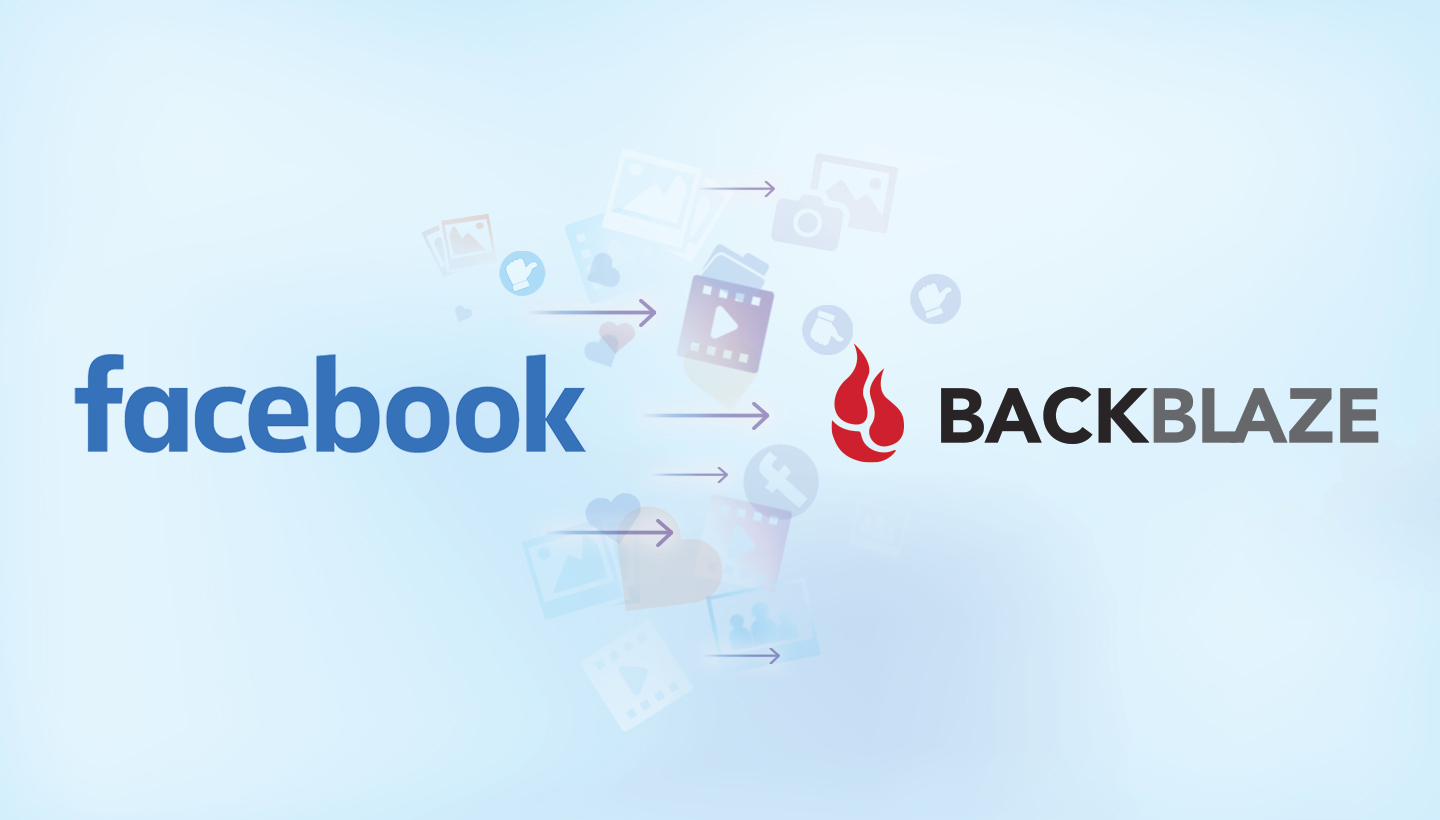

Introduction
Backblaze B2 Cloud Storage is an S3-compatible cloud storage provider. At ¼ the price of AWS S3, Backblaze is a cost-effective option to store and manage data at scale. Sound siphon not working.
You can learn more about Backblaze B2 Storage here.
Koyeb is a serverless to securely add the keyID you previously created.
bbaccesskey) and enter the keyID you previously saved as the Valuebbprivatekey) and enter the private applicationKey you previously saved as Valuebb-bucket-koyebYou have just successfully created a Koyeb Store that mirrors the content of your Backblaze B2 bucket. Koyeb natively provides an S3-compatible API to let you interact with your Store using the S3 protocol to upload and manage your content.
Note: To trigger a function when an event occurs in your Backblaze bucket, you need to use the Koyeb endpoint to upload your content instead of the Backblaze one.
Backblaze Dockers
Create a Stack and Deploy the Watermark Function
Once your Store configuration is done, you can create a Stack and deploy the function to generate a watermark each time a new image is uploaded to your Backblaze B2 bucket.
Look at the top navigation bar, click the Create button, and select Stack.
You land on the Stack creation page. A Stack is a Koyeb resource used to implement data-processing logic. A Stack is composed of two core elements:
Backblaze Personal Docker
- Event bus: To receive events from a Store or different sources
- Functions: Python, Node.js, Docker containers, or ready-to-use catalog apps triggered on specific events
From the Stack creation view, click the Simple Koyeb Versioning button. This mode allows you to directly manage your Stack via the control panel and API instead of GitHub.
Give your Stack a name, for example: bb-watermark-image. Then click the Create Stack button.
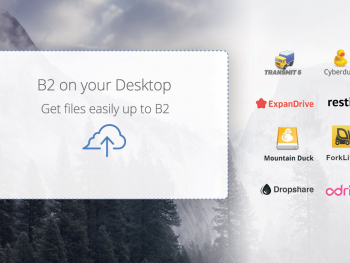
You are now prompted to create a new Stack revision. Stack revisions allow you to version your changes, so you can rollback to a previous version in seconds and track your changes.
In the catalog function inputs, search for Watermark image and select this function.
Google todoist. A snippet appears. Replace the configuration variables with your settings.
In this example configuration, the watermark-image@1.0.1 catalog function generates a watermark that:
- Is 10% the size of the image that the watermark is placed on
- Has a margin of 5 pixels
The generated watermarked image is stored in the watermark-images/ folder of the bb-bucket-koyeb and is saved in the JPEG format.
When you are ready, write a revision message and click Deploy Revision.
This function will be triggered each time an image is uploaded to your Backblaze Store via the Koyeb S3-Compatible API.
Upload Images to the Bucket and View Results
Backblaze Docker
It's now time to upload some images to your Store and see what happens.
On the Koyeb Control Panel, click Stores and select the Store you previously created, i.e. bb-bucket-koyeb.
Click the Upload button and upload some images. In a few seconds, a folder watermark-images/ will appear. For each image uploaded, you will receive a watermarked version of that image in this folder.
Backblaze Backup Services
In the folder watermark-images/, you should see your new file. Hover over the new file, and click Copy to copy the URL that appears. Enter this URL into a new tab to access and view your watermarked image.
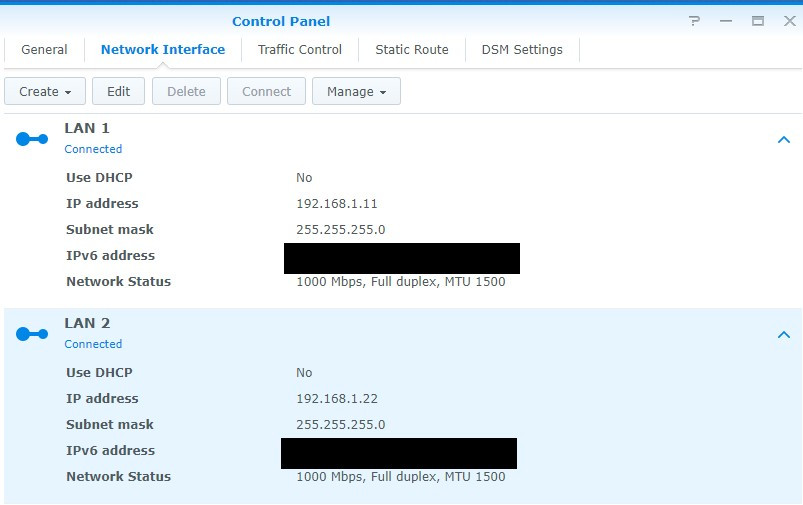
An example image watermarked with the function:
Backblaze Cloud Storage
Conclusion
Unraid Backblaze
In this guide, you saw how to implement a processing function to generate a watermarked image for each image uploaded to a Koyeb Store that is connected to a Backblaze bucket.If you would like to follow this tutorial and use a different third-party cloud service provider than Backblaze B2, please read our documentation about how to connect a third-party store.
Feel free to reach out to us over our Community Slack or here to let us know if you have questions about this feature or would like to suggest a new feature.

